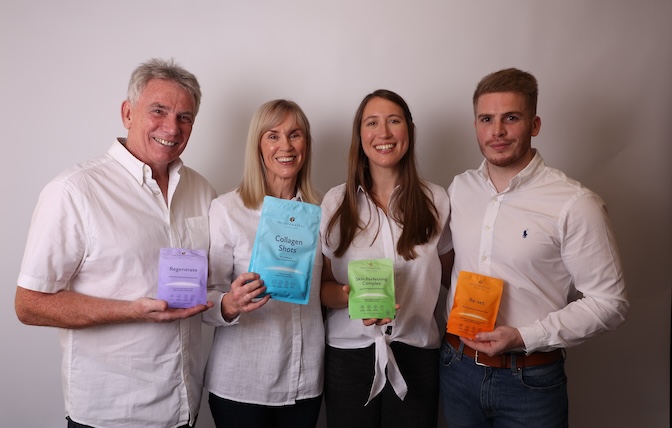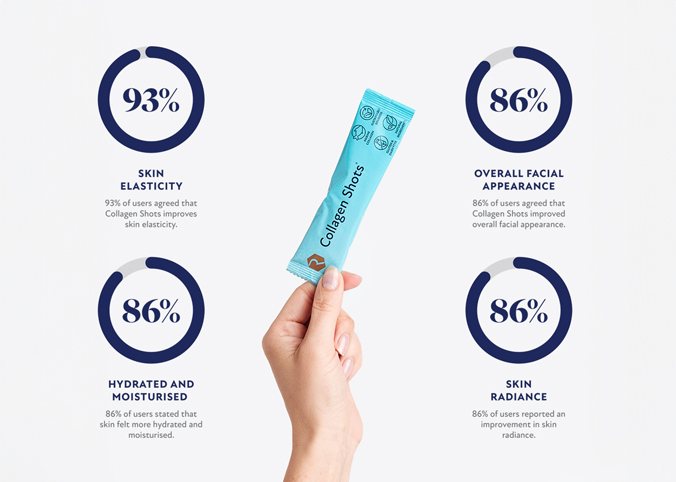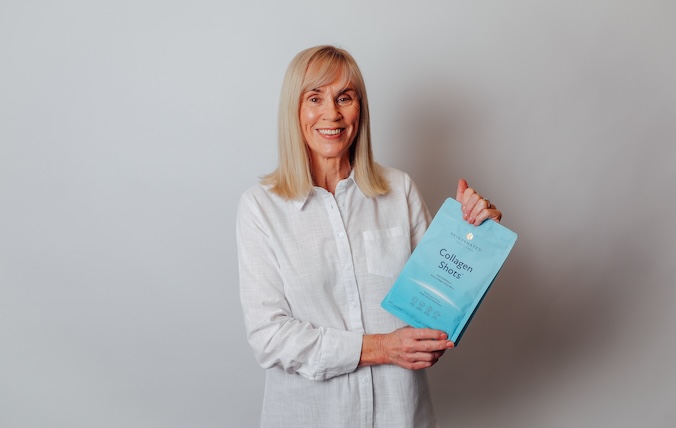What Is Acne and Is There a Cure?
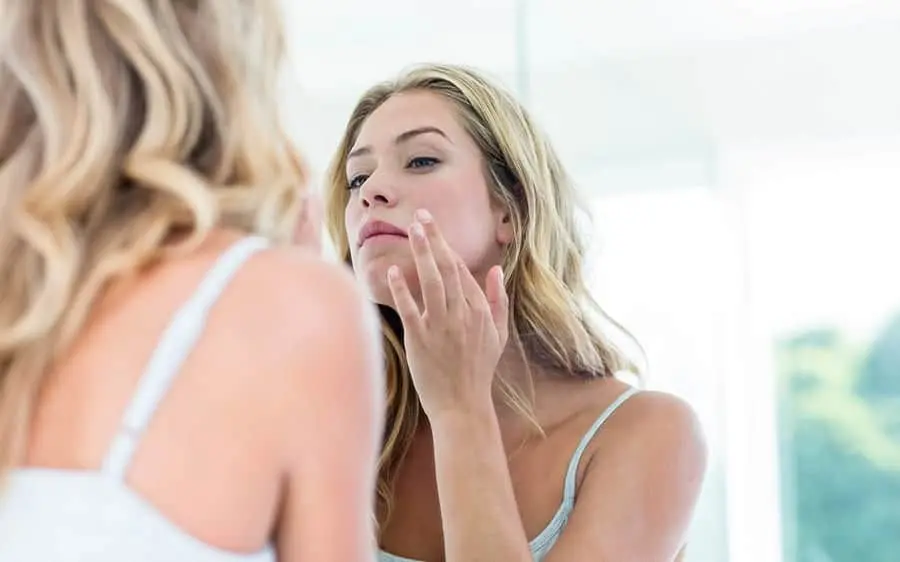
Although acne is a common skin disorder that many of us suffer from at some point in our life, just what exactly is it and is there such a thing as a cure.
Although the condition affects mostly young people as they reach early puberty, it is a condition that can occur at any stage of life. Acne is caused by inflammation of the small oil glands that surround the fine hair on the face and chest sometimes in severe cases spreading across the back and arms.
An acne sufferer may have one or more of the following symptoms:
• Blackheads (comedones)
• Whiteheads
• Red or yellow spots
• Greasy skin
• Scars
Acne affects people of all skin colours. The processes that cause acne are exactly the same in people with darker skin but the impact is altered by the skin pigmentation.
Most people affected by acne are between 12 -25 and is estimated that 9 in 10 teenagers develop some degree of acne 3 in 10 teenagers have acne so severely to need treatment to prevent scarring.
Acne tends to go away by the mid 20s however very sensitive people may continue to have the disorder until they reach their mid 40s.
What causes acne?
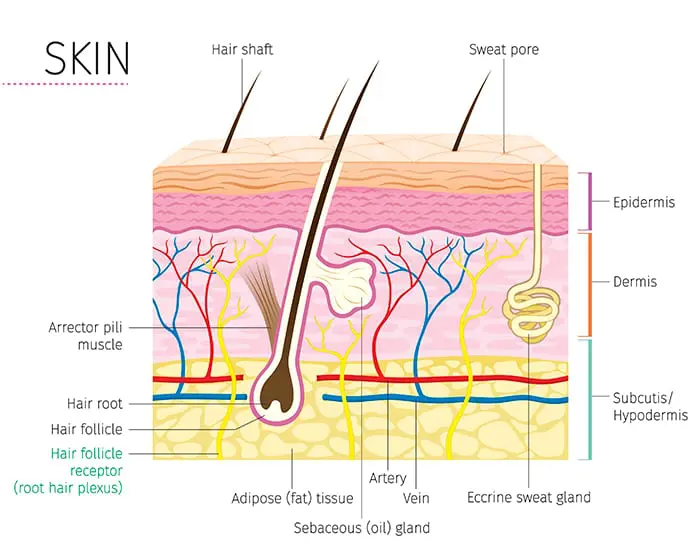
Acne is caused by the over activity of the sebaceous glands that secrete oily substances onto the skin. Hormones play a role in the occurrence of acne. Androgen increases in both boys and girls during puberty. Androgens cause the skin’s oil glands to get larger and create more sebum. Taking the birth control pill can also play a part in the level of androgens within the body.
The sebaceous glands of people with acne are especially sensitive to normal blood levels of a hormone called testosterone found naturally in both men and women.
These two effects combined cause a build up of oil in the hair follicles. This causes blackheads and whiteheads to form.
For the majority of people their acne does not progress beyond this stage. However, in other people the build up of oil in the hair follicles creates an ideal environment for a bacterium called Propionibacterium acnes to grow.
These bacteria normally live harmlessly on your skin but when this ideal environment is created they grow. They feed off the sebum and produce substances that cause a response from your body’s immune system. This inflames the skin and created the redness associated with spots.
In more severe inflammatory acne cysts develop beneath the skin surface. These acne cysts can rupture spreading the infection into nearby skin tissue. This can therefore result in scarring.
What are the types of acne?
Acne Vulgaris
The most common form of acne, with blackheads, whiteheads, papules, pustules, nodules and cysts.
Non inflammatory acne vulgaris
Whiteheads: occur when a pore is completely blocked trapping sebum (oil), bacteria and dead skin cells, to form a hardened white bump on the skin.
Blackheads: occur when the sebum blocks the pore at the surface and melanin (skin pigment) oxidises to turn a brown/black colour. If you squeeze a black head you can make the condition worse as some of the sebum will be pushed back in to the follicle and the pore can become enlarged, it is bet to remove them by gently steaming and using tissues gently ease the blockage out, another excellent method of removal is by microdermabrasion.
Inflammatory acne
Papules: Papules occur when the follicular walls break, white blood cells come to the area and the pore becomes enlarged.
Pustule: Several days later a Pustule (zit or spot) is formed as at the white blood cells make their way to the surface of the skin, this is when most people would squeeze the spot. Again it is best left alone as squeezing will push some of the inflammation back in to the skin. If you feel you need to remove the pus then gently steam with warm water on a cotton wool pad.
Milia: Milia are small bumps created when dead skin cells are trapped in small pockets just below the skin surface. These are very often seen in new born babies; however they disappear quickly. When they occur in adults they are more stubborn and may be persistent. A good way to deal with these is to exfoliate well and microdermabrasion is perfect to remove.
What makes acne worse?
There are a number of things that can make acne worse. These include the following:
Picking and squeezing the spots may cause further inflammation and scarring.
In women outbreaks may be affected by the hormonal changes that occur during the menstrual cycle.
Excessive production of male hormones such testosterone from conditions such as polycystic ovaries.
Some contraceptive pills can cause acne to be worse.
Some medications can make acne worse but never stop taking medication consult your GP.
Myths
Contrary to popular belief acne is not caused by –
Eating fatty food
Dirt (blackheads get their dark colour from thorough excess skin pigment)
Poor hygiene (excessive washing may aggravate acne)
Stress does not cause acne
Acne can not be cured by drinking lots of water
No evidence that sunbathing or sunbeds will help clear acne.
Here is our action plan to help keep your skin healthy and clear
The goal regarding acne cures is to treat existing acne and get the condition under control, to keep the skin free from further break outs and to treat any scarring to reduce to a minimum.
Eat Fruit and Vegetables
Cut out all processed and high fat foods. Introduce fresh vegetables and fruit where possible. Add green leafy vegetables and include brazil nuts and pumpkin seeds as the contain selenium which helps to combat acne.
Omega 3 fatty acids in the form of oily fish or supplement
Antioxidants, think colours of the rainbow in your diet to get the maximum nutrition.
Water
Drink 2 litres of water per day, to keep the skin hydrated.
Include Probiotics in your diet
Probiotics help to create a healthy balance of good bacteria in the gut which has been associated with healthy skin.
Cut out refined carbohydrates
Refined sugar, bread, pasta and flour cause a surge of insulin in the blood stream causing increased hormone levels and an increase of sebum allowing for more congestion and bacteria to be formed.
Avoid gluten
Gluten is a protein found in wheat and like other grans, oat, barley and rye it can excite an inflammation in the body. Gluten may be a factor in leaky gut syndrome which weakens the stomach lining. This weakness can allow toxins to recirculate back in to the system causing inflammation and kick the immune system into action. This action triggers the release of insulin and a growth factor called IGF-1 which which raises hormone levels and in turn triggers acne.
How does IGF-1 affect acne?
- Increases sebum production.
- Increases the size of pores making them more visible.
- Increases acne severity
- Skip the dairy
Most of our dairy contains added hormones which should be avoided, these hormones trigger IGF-1.
- Reduce stress levels.
Stress allows for the hormone cortisol to be released, exercise or meditation are great ways to reduce this.
- Lower caffeine intake
Caffeine is one of the causes of stress in the body, by lowering intake of stimulants the body will be more relaxed.
- Cleansing and moisturising
Use a water based cleanser and apply a light moisturiser to the skin afterwards, over cleansing can cause the skin to dry out and a crust of hard skin to form. This can actually be detrimental to the skin as it causes more congestion below the hardening. Visit one of our recommended stockist for advice on products to use when suffering from acne.
- If you want to remove blackheads, whiteheads or pustules then make sure that your hands and face are clean, steam gently and wrap tissue around the fingers before gently easing out the lesion. Never squeeze or force.
Supplements for acne
Improve gut health with Immune Complex
Treatments
Acne may cause you considerable emotional distress but there is a range of treatment options to help you tackle the problem. The aim being to prevent new spots forming, improve those already present and to prevent scarring. Acne cures of this nature can consist of:
Benzoyl peroxide
This is a common treatment. It has three actions – kills bacteria, reduces inflammation and helps to unclog pores. It works well to clear inflamed spots and helps to clear blackheads and whiteheads. Benzoyl peroxide can be purchased from pharmacies without a prescription. It comes in different brand names and strengths.
Retinoids
This is a good treatment in early stages of acne as it works to unblock pores. It also has a effect on reducing inflammation. A prescription is needed for all retinoid treatments.
Topical antibiotics
They work by reducing the number of bacteria and help with inflammation. However they have little effect if any on unblocking pores and can cause irritation. Good at treating inflamed acne but blackheads and whiteheads will remain. A prescription is needed for topical antibiotics.
Tetracycline tablets
Acne treatment tablets like tetracycline work by killing bacteria that contribute to the cause of acne. The most commonly used oxytetracycline, tetracycline, doxycycline, lymecycline and minocycline.
Azelaic acid
A good treatment to clear and unblock pores. It has some effect on clearing on reducing inflamed acne but not as effective as antibiotics or benzyol peroxide. However it may cause less skin irritation than benzoyl peroxide.
The Pill
The oral contraceptive pill may help some women if their acne seems to be related to hormone change. It is the oestrogen part of the pill that is thought to help. The pill is available by prescription only.
LEDs
LED light is a low level intensity light that works to kill infection and stimulate healing within the skin. Treatment is painless and results can typically be seen quite quickly with a treatment course of 10 sessions taken up to 3 sessions per week and then a maintenance program of 1 session per month. treatment courses are around £350 for 10 sessions.
A Practitioner may recommend a gentle skin peel to remove dead skin cells and reduce scarring.
For more information go to: British Association of Dermatologists.




